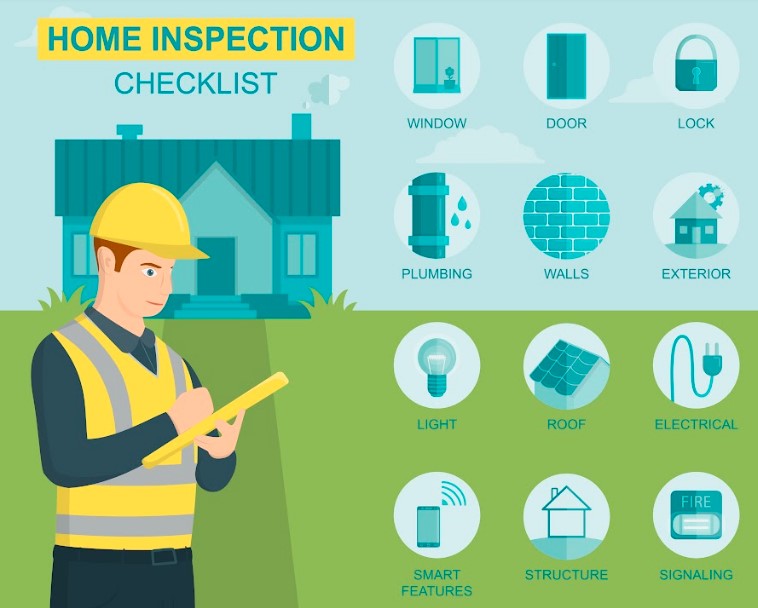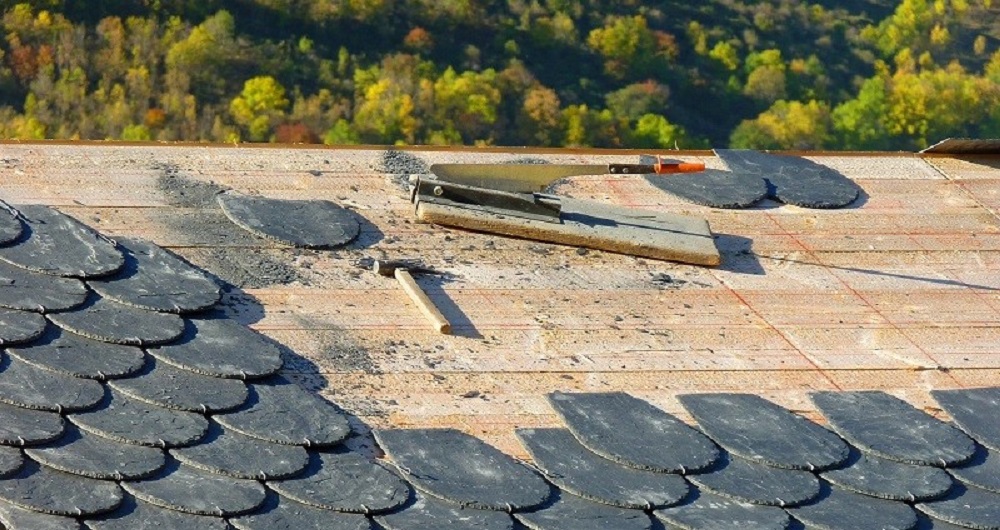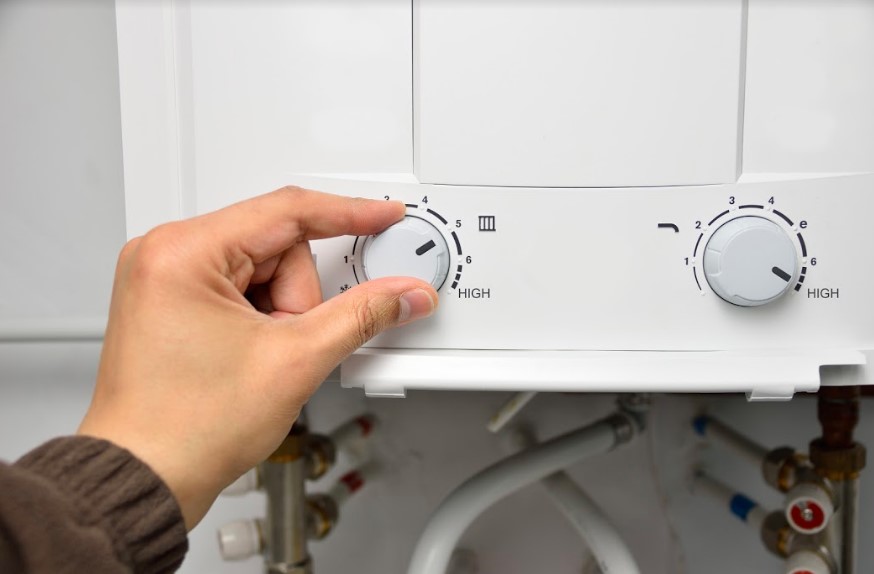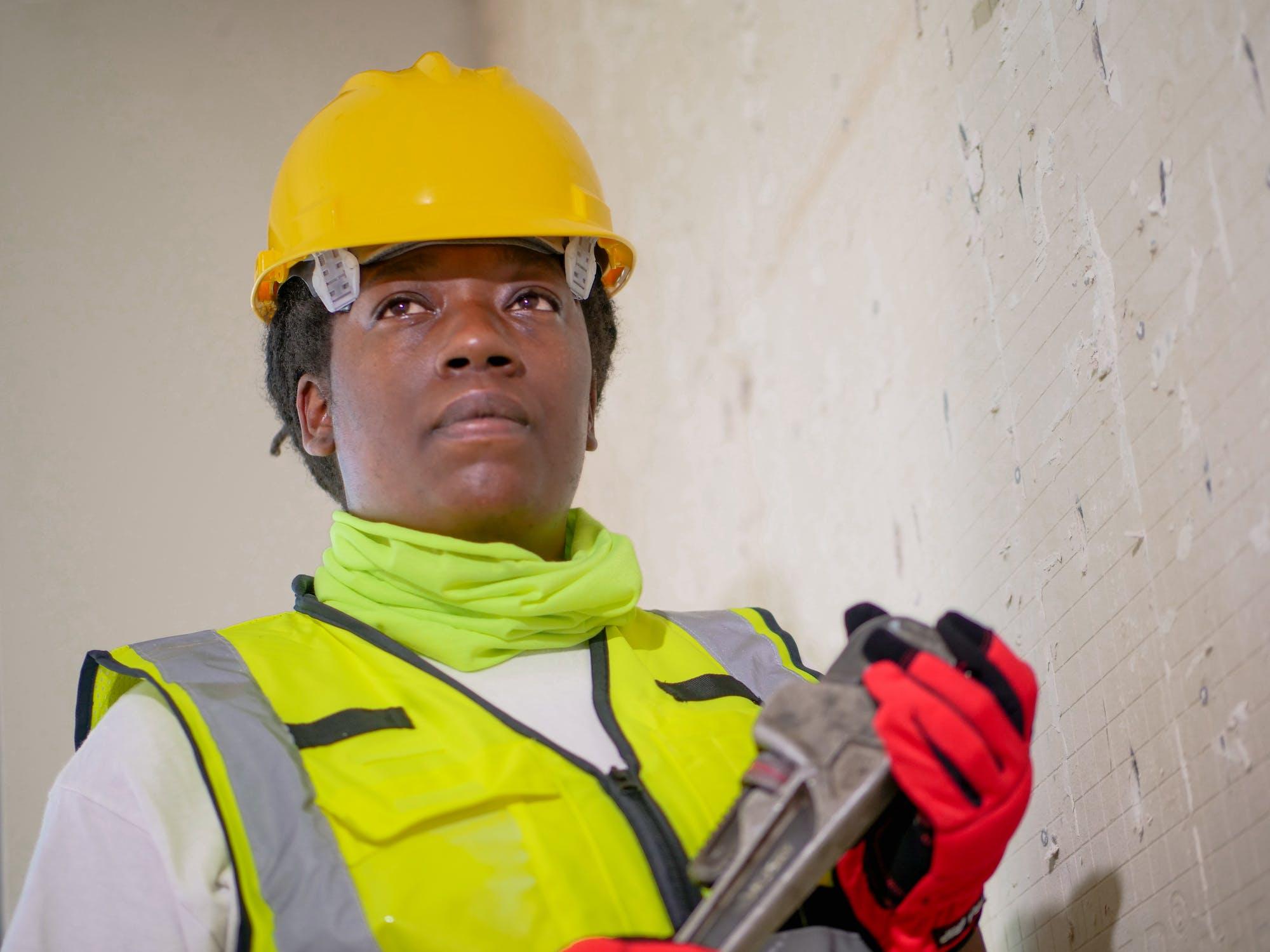A home inspection is a crucial part of the home buying process because in buying a home, what you want may not be exactly what you get. When a seller is preparing a home for sale, they often make many aesthetic renovations to attract buyers and, sometimes, increase the house’s value. However, there’s a lot more beneath the surface that you don’t see during a home viewing.
You may not see problems with the foundation, poor electrical and plumbing infrastructure, broken appliances, and other house defects that you can only know with a home inspection.
What Is A Home Inspection?
A home inspection is a process of visually examining a home mainly before a sale to ascertain its current condition. The home inspector will then write a report that can give you a deeper picture of the state of the home. You’ll be able to tell if the owner has maintained the home well or not, if it needs some renovations, or if it’s worth buying at it is. If the inspection reveals the need for significant repairs, you can ask the seller to take care of them or give you credit towards repair costs at closing.
Since all inspections are different, having a checklist of the must-include items in the inspection is vital to ensuring that the inspector doesn’t miss any major house component. This also helps you get the most value out of the inspection.
Here are the eight items you must include in your home inspection checklist:
Grounds And Exterior
The first item on your inspection checklist should be the condition of the ground. Ensure that drainage and grading systems are proper and there’s no stagnant water or leaks from the septic tank. Also, look if there are branches hanging on the roof of the house, resulting in termite infestation. Inspect the wood on the fence, patio, sheds, and garage for any sign of rot.
Check the integrity of the siding and foundation, exterior paint, driveway, deck, and garage. Notably, inspections aren’t isolated to older homes only; new homes require inspections, too. New home inspections from reputable and independent inspectors are also crucial to determine the build quality.
Roof, Windows, And Doors
These exterior components of a home can carry a high cost. In a home inspection, ensure the inspector evaluates the condition of the roof, doors, and windows, as well as their expected lifespan. If a component is nearing the end of its lifespan, you may need to replace it soon after buying the home. This makes them essential considerations during an inspection.
On the roof, an inspector needs to focus on soffits, chimneys, shingles, gutters, deck, roof underlayment, exterior vent, flashing, and fascia boards. They’ll look for signs of rot, decay, cracks, lack of caulking, improper installation, and any other damage on windows and doors.
Interior Rooms
When it comes to the interior rooms, don’t dwell so much on the color of the paint and such other issues. You can easily customize room colors to meet your taste. Check for any damage in the living spaces, dining area, and entryways, such as the floors, ceiling, and walls.
There shouldn’t have any crack or look misaligned. Check the condition of interior doors, insulation, lights and switches, temperature control, outlets, and fireplaces. Other than that, these are the different rooms you should pay close attention to during a home inspection.
Kitchen
The exhaust fan should be functioning correctly with good venting. The dishwasher should be draining well, and there shouldn’t be any leak anywhere in the kitchen. Also, ensure that other appliances, such as garbage disposals, ovens, and refrigerators, are functional. There shouldn’t be any water, gas, or power leakage noticed.
Bathrooms
Bathrooms are often wet, and you need to ensure that the drainage system functions properly. The toilet, sink, and tub shouldn’t have any leak and should be working well. Also, check the floor tiles for proper caulking.
Attic
There shouldn’t be any sign of water stain or decay on the roof’s underside. The attic should have proper ventilation and insulation.
Basement/Crawl Space
The inspector should check for evidence of pests, moisture, structural, foundational, and insulation problems.
Plumbing System
The plumbing system is an essential element in the overall state of a home and a must-have in a home inspection checklist. Water is a big part of a home, and you should ensure that the water flows properly around the house and the drainage system also works fine. Look for exposed pipes and look for signs of water stains, leaks, and water damage.
They should inspect the water heater for rust problems and should be heating water up to the required limit. The size also needs to supply the necessary rooms sufficiently.
Electrical System
As for the electrical wiring, check for proper protection and securing of cables. Exposed wires shouldn’t have visible splices. The inspection should include looking for signs of overheating in breakers or fuses. The service panel must be the correct size and capacity for the property.
Heating, Ventilation, And Air Conditioning (HVAC) System
The HVAC system should have well-functioning air filters and operating ducts for excellent airflow. Look out for rust or the smell of gas as it may be a sign of leakage. Ensure that there are separate outlets for oil, gas, wood, etc., depending on the materials used by the system.
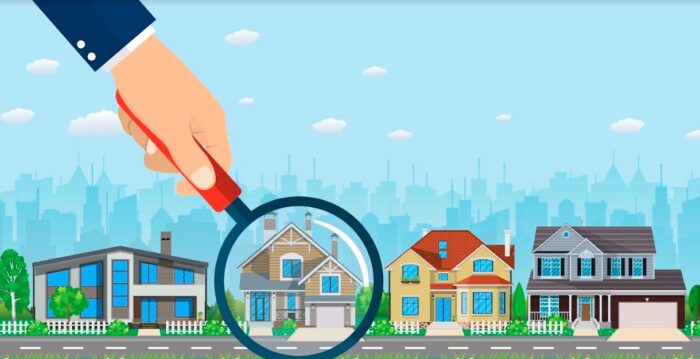
The Bottom Line
Home inspections aren’t perfect, but a comprehensive checklist ensures that you can cover substantial and the most important items in a home. Buying a house is a huge financial commitment, and you need to take all measures to ensure your choice is worth the investment you’re making. An inspection helps you determine the exact state of the home. However, you need to know the difference between minor and major renovation issues.
If there are only minor repair issues, you may decide to purchase the house as it is. But, with major issues, you may need the seller to renovate the house first before you purchase. Either way, this six-item checklist includes all the major areas of the home, and should help you get a clearer picture of the home.
